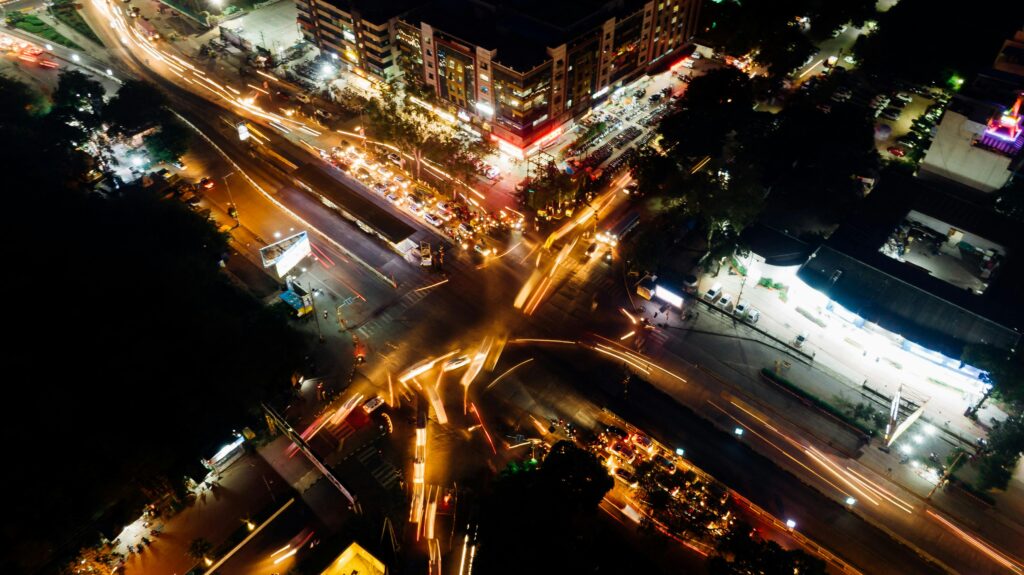Drones have transformed photography, offering breathtaking perspectives that were once impossible to achieve. Whether you’re just starting or already a drone enthusiast, learning the art of aerial photography can take your images to the next level. This guide will walk you through the best techniques, settings, and tools to help you capture stunning aerial shots with your drone.
1. Plan Your Shot Like a Pro
Before you take off, a little planning goes a long way in improving your drone photography.
Scout Locations
Finding the perfect location is key. Use Google Earth, drone-friendly apps, or Instagram geo-tags to identify drone photography hotspots. Coastal areas, mountains, or urban skylines make great subjects.
📌 Pro Tip: Always check local drone regulations before flying!
Time of Day Matters
- Golden Hour (Sunrise/Sunset) – Soft lighting creates warm tones and stunning contrasts.
- Blue Hour (Twilight) – Ideal for cinematic and moody drone shots.
- Midday – Best for clear and bright landscapes but can be harsh.

Weather Considerations
- Avoid windy conditions – Stability is key.
- Clouds add dramatic effects to your shots.
- Fog and mist create moody compositions.

2. Master Your Drone Camera Settings
Understanding your drone’s camera settings can make a huge difference in image quality.
Best Camera Settings for Drone Photography
- ISO – Keep it low (ISO 100) for less noise.
- Shutter Speed – Faster speeds for sharp images, slower for motion blur.
- Aperture – Adjust based on lighting conditions.
- RAW Format – Always shoot in RAW for more flexibility in editing.

Using ND Filters for Better Shots
Neutral Density (ND) filters help reduce excessive brightness and improve contrast.
- ND16 or ND32 – Perfect for bright conditions.
- ND64 – Great for long exposure drone shots (like smooth water effects).
3. Nail the Composition for Stunning Aerial Photography
Composition separates good drone shots from breathtaking ones. Here are some essential rules:
Rule of Thirds
Divide your frame into 9 equal sections and position key elements along the lines.
Leading Lines
Roads, rivers, or coastlines naturally guide the viewer’s eye across the image.
Symmetry & Reflections
Aerial views of water reflections or geometrically symmetrical landscapes look incredible.

4. Common Mistakes to Avoid
1. Overexposing the Image
If your shot is too bright, you lose details. Use histogram tools on your drone display.
2. Shooting in JPEG Instead of RAW
JPEGs lose quality in editing. Always choose RAW format for better results.
3. Flying Too High or Too Low
- Too High? You lose details.
- Too Low? You miss the epic perspective.
- The sweet spot: 50-150 feet for most drone shots.
5. Best Drones for Aerial Photography
Picking the right drone can significantly impact your results. Here are top choices based on budget:
Best Beginner Drones
- DJI Mini 3 Pro – Compact, lightweight, and shoots 4K.
- Autel EVO Nano+ – Excellent low-light performance.
Best Mid-Range Drones
- DJI Air 2S – 1-inch sensor, shoots in 5.4K.
- Parrot Anafi – Great budget choice for professional shots.
Best Professional Drones
- DJI Mavic 3 Pro – Industry standard for high-end photography.
- Autel EVO II Pro – Excellent low-light sensor and 6K recording.
6. Advanced Drone Photography Tips
Long-Exposure Drone Photography
Want smooth waterfalls or light trails? Use ND filters and set a slow shutter speed.
Night Drone Photography
- Use manual mode for ISO and shutter control.
- Fly lower to avoid grainy images.
360-Degree Drone Photography
- Use panorama modes in DJI drones for ultra-wide shots.

7. Post-Processing: Enhancing Your Shots
Editing is where good photos become great.
Best Editing Software for Drone Photography
- Adobe Lightroom – Best for colour grading.
- Photoshop – Ideal for detailed touch-ups.
- Luminar AI – AI-powered sky replacements.
Essential Edits to Make
- Adjust brightness, contrast, and saturation.
- Apply lens corrections for distortion.
- Enhance the sharpness and clarity.
Conclusion
With practice and the right techniques, you can capture stunning aerial shots that stand out. Plan your flights, master your drone settings, use creative compositions, and apply professional edits. The sky’s the limit—literally! 🚀
📌 Next Step: Pick your favourite drone photography technique, grab your drone, and start shooting today!


